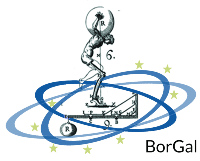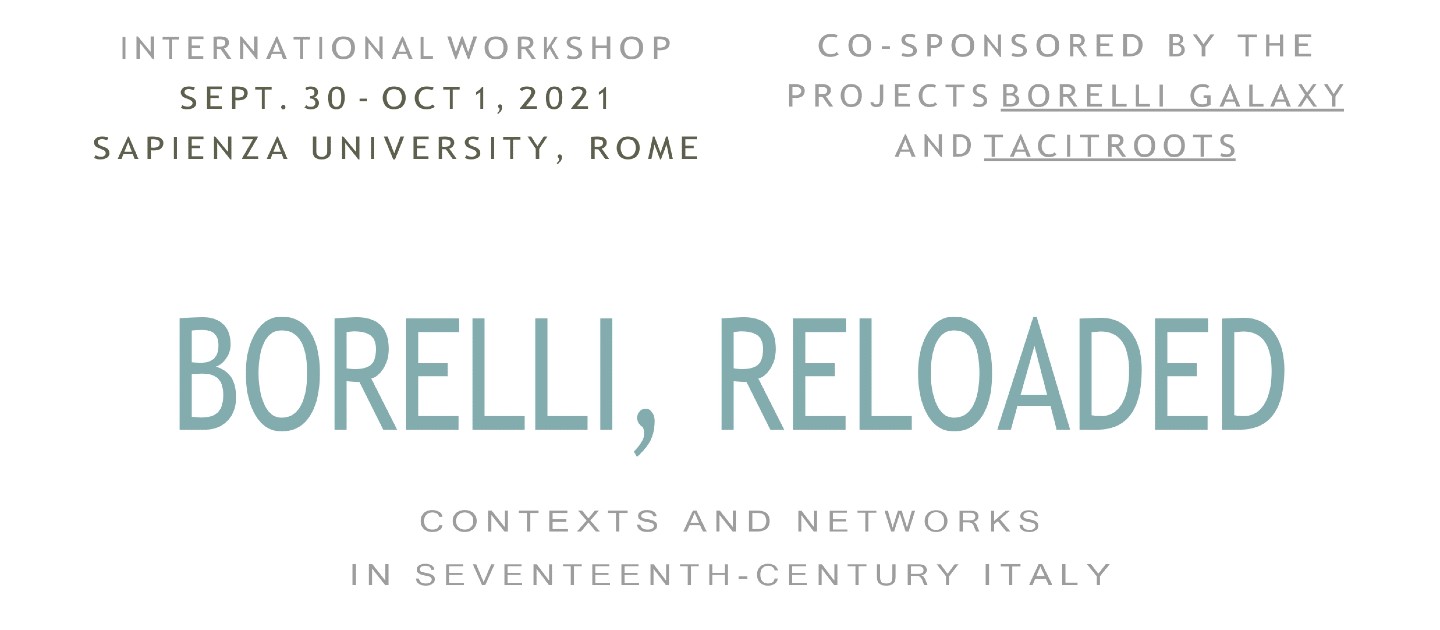Letters are the main source to grasp the variety of objects floating around the ‘Borelli galaxy’: books, instruments, manuscripts, even information and ideas. Above all, they enable Borelli’s networking – where objects and concepts circulated – to be rebuilt. Reconstructing this network is a manifold task that provides answers to different historical questions: It sheds light on Borelli’s personal and intellectual life, helps to chart the spatial and social dimension of Galileo’s philosophy spreading in late 17 century Italy, provides material to investigate the relation between science, religion and politics in Early Modern Catholic Europe. We assume here as a working hypothesis that both the choice of some individuals to subscribe to the ‘modern’ scientific paradigm, and the option (of the same individuals or of others) in favor of a political party can be historically approached from a relational perspective and explained in terms of social ties. Taking advantage of digital tools for social network analysis, we use metadata about Borelli’s letters to produce maps, charts and other data visualizations about this network, and – consistently with Mapping the Republic of Letters methodology – ‘then refer back to the content [of the letters] to elucidate or complement’ what we see.
BorGal currently runs on Nodegoat (https://nodegoat.net/), a web-based data management, network analysis and visualization environment developed by LAB1100. Nodegoat allows scholars to build datasets based on their own data model and offers relational modes of analysis with spatial and chronological forms of contextualisation. BorGal datasets are organized around two main objects: ‘Letters’ and ‘Persons’, that we assume as the main nodes of Borelli’s network. Epistles provide evidence of the relationship (an edge, according to sna) between Borelli and each of his correspondents (nodes), but also on the other relationships they shared (further nodes), as well as on the quality and intensity of both. Letters are not our only source of information. In our view, other acts and circumstances contributed to build (and to disclose to scholars) relationships: sponsoring a book, sharing a teacher, belonging to an Academy or a learned circle, taking part in a riot. These elements are registered in BorGol as attributes or metadata of the nodes, providing pieces of contextual information that complete the network.



